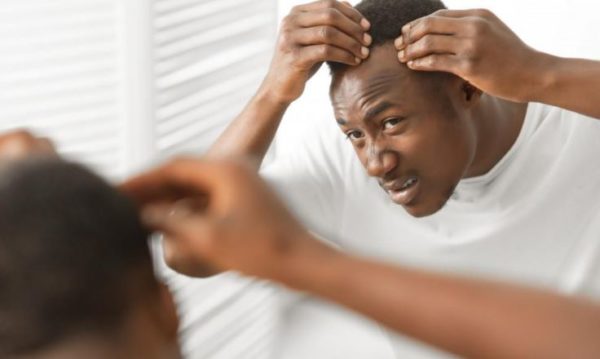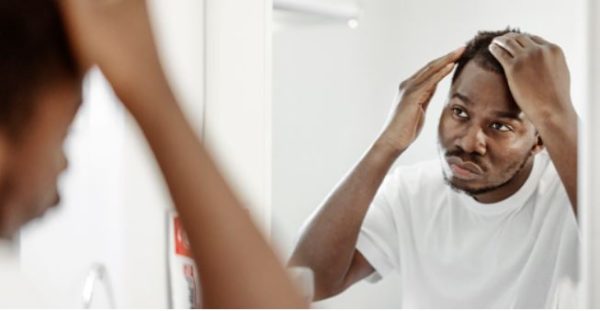Lifestyle
4 early signs of balding you should know

For many, balding is a part of life and happens as you age. The good news is with modern advancements, many procedures are available to help slow hair loss or even replace hair.
The chances of hair loss become higher for both men and women with age. So in order to get ahead of it, it’s important to understand the signs and find treatment in a timely manner.
Aside from taking notes of the more obvious signs like bald spots or a receding hairline, there are a few tests you can do at home to check if you’re at risk of balding.
Dr Michael Hughes, a hair transplant surgeon at Alvi Armani hair transplant clinic, shares some of these tests below.
1. Check for shedding
Check your pillow and sheets after sleeping, your comb after brushing, and your drain after showering to see how much hair you are shedding. Losing some hair is natural — we usually shed 50 to 100 hairs a day — but if it seems to be considerably more than this, it may be something to note.
Remember, though, certain situations in life may also cause people to shed more than normal, like significant weight loss, after giving birth or when you stop taking birth control pills, for example.
2. The hair pull test
This is also known as the “traction test” or “Sabouraud’s sign”. It involves clasping around 60 hairs between the thumb, index and middle fingers near the scalp and firmly pulling upward. You can repeat this on multiple parts of the scalp. If roughly 10% or more of your hair comes out, it may be a sign to consult a hair treatment specialist.
3. The wash test
For this test, you must avoid shampooing your hair for five days. Then, when you next wash it, place a thin piece of fabric like silk or linen around the drain hole. Cleanse your hair as normal, and the fabric will catch any hairs that come off your head. Count the hairs and divide them into two groups according to size — one for hairs less than 3cm long and one for hairs longer than 3cm. This hair is then sent to a dermatologist for further examination.
4. 60-second hair count
Before you wash your hair, comb it for 60 seconds over a material contrasting your hair colour. Start from the back top part of the head and move the comb or brush forward to the front of the head. Take note of the number of hairs that land on the material and that are left in the comb. You can do this test over a few months to keep track of hair loss and whether or not you seem to be losing more hair over time.








